Discover the heart of authentic French baking. French flour is not only a staple ingredient—it's a symbol of precision, purity, and craftsmanship. For Canadian bakers, learning the “T” classification system opens a new world of possibilities for flavor, texture, and authenticity.
1. What Does the “T” in French Flour Mean?
The letter “T” stands for type and refers to the flour’s ash content — the amount of natural minerals left after burning a 100 g sample of flour. This value reflects how much of the grain’s outer layer (bran and germ) remains after milling. The higher the number, the more whole the flour:
| Type | Ash Content (%) | Description |
|---|---|---|
| T45 | ≈ 0.40–0.45 % | Very white and fine; highly refined soft wheat flour for pastry and viennoiserie. |
| T55 | ≈ 0.50–0.60 % | Balanced all-purpose French flour for everyday breads and pastries. |
| T55 Feuilletage | ≈ 0.55 % | Special variant of T55 with high extensibility for puff pastry and croissants. |
| T65 | ≈ 0.62–0.70 % | Lightly rustic flour for baguettes, traditional breads, and sourdough. |
| T80 | ≈ 0.75–0.90 % | Semi-whole flour (“bise”) offers rich flavor and a golden crumb. |
| T130 Rye (Seigle) | ≈ 1.30 % | Whole rye flour is ideal for dense, aromatic rye or mixed breads. |
| T150 | ≈ 1.40–1.60 % | Whole-wheat flour is dark and flavorful, rich in fiber and nutrients. |
While most Canadian flours are labeled by protein level (“bread”, “all-purpose”), the French “T” system gives bakers a more accurate tool to control color, flavor, and texture.
2. The Wheat Behind Foricher Flours
Foricher uses 100 % French soft wheat, grown sustainably in the Loiret and Yonne regions. Each flour is milled locally and certified by CRC® (Culture Raisonnée Contrôlée), ensuring traceability from the field to the bag. The company works with selected wheat varieties chosen for their baking performance and consistency—free from additives, enzymes, and GMOs.
3. Choosing the Right Flour for Every Bake
- T45: For croissants, light, delicate pastries, choux, brioche, and fine cakes. Perfect for pâtisserie chefs.
- T55: The “do-everything” flour—ideal for baguettes, sandwich loaves, or pâte brisée.
- T55 Feuilletage: Designed for puff pastry and laminated doughs that need elasticity and clean layering.
- T65: Best for baguettes de tradition, rustic loaves, and slow-fermented breads. Produces an open crumb and crisp crust.
- T80: For semi-whole breads with more aroma and color—excellent for country-style loaves.
- T130 Rye: Use alone or blended with wheat flour for rye bread or multigrain recipes; adds depth and moisture.
- T150: For full-grain, nutrient-rich loaves with intense flavor and higher fiber content.
4. Why French Flour Feels Different in Canada
French flours are softer, less processed, and milled more finely than most North American flours. Doughs made with Foricher flours feel smoother and are easier to work by hand. Because of the precise balance between gluten and minerals, they also ferment more evenly, creating lighter crumbs and more flavorful crusts.
When Canadians bake with true French flour—whether at home or in artisan bakeries—they rediscover what bread was meant to be: crisp on the outside, tender on the inside, and naturally aromatic. Small artisan bakers across the country are using Foricher flours to craft authentic “pain de tradition”, giving customers a taste of France in every loaf.
5. How to Bake with French Flour
- Start with 3–5 % less water than usual; adjust as the dough develops.
- Allow longer fermentation for deeper flavor and structure.
- Mix gently—these flours reward slower, artisan techniques.
- Use steam during baking to achieve the signature French crust.
6. Where to Buy Authentic French Flour in Canada
Zucchero Canada is the exclusive source for Foricher’s French flours in Canada, offering every type from T45 Tradition Française to T130 Rye. Each bag carries the Label Rouge certification—France’s mark of superior quality.
Made in France 🇫🇷
Internal Links:
↳ Label Rouge: The French Mark of Excellence | T55 vs T65: Understanding the Difference | Why French Flour Is a Baker’s Secret Weapon


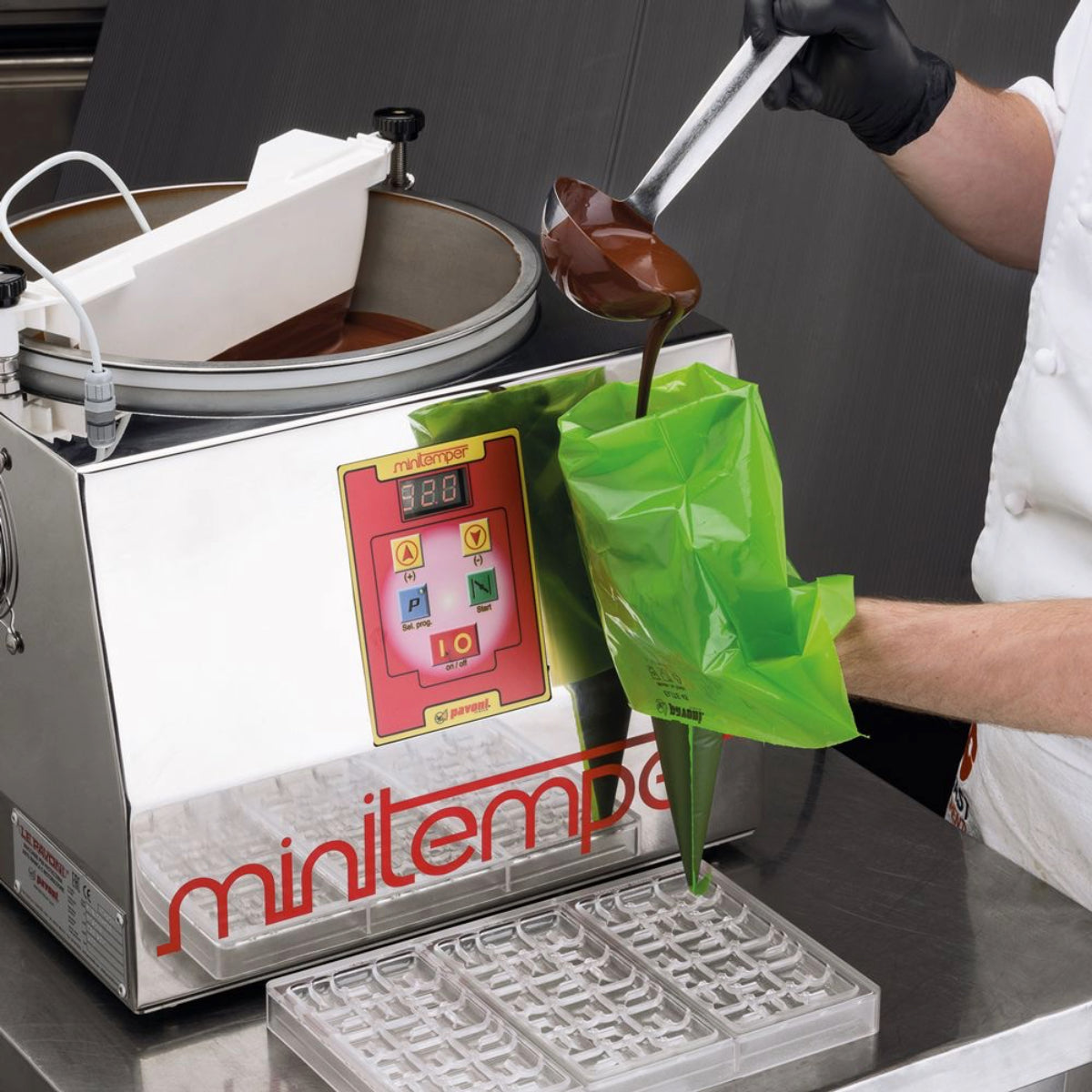


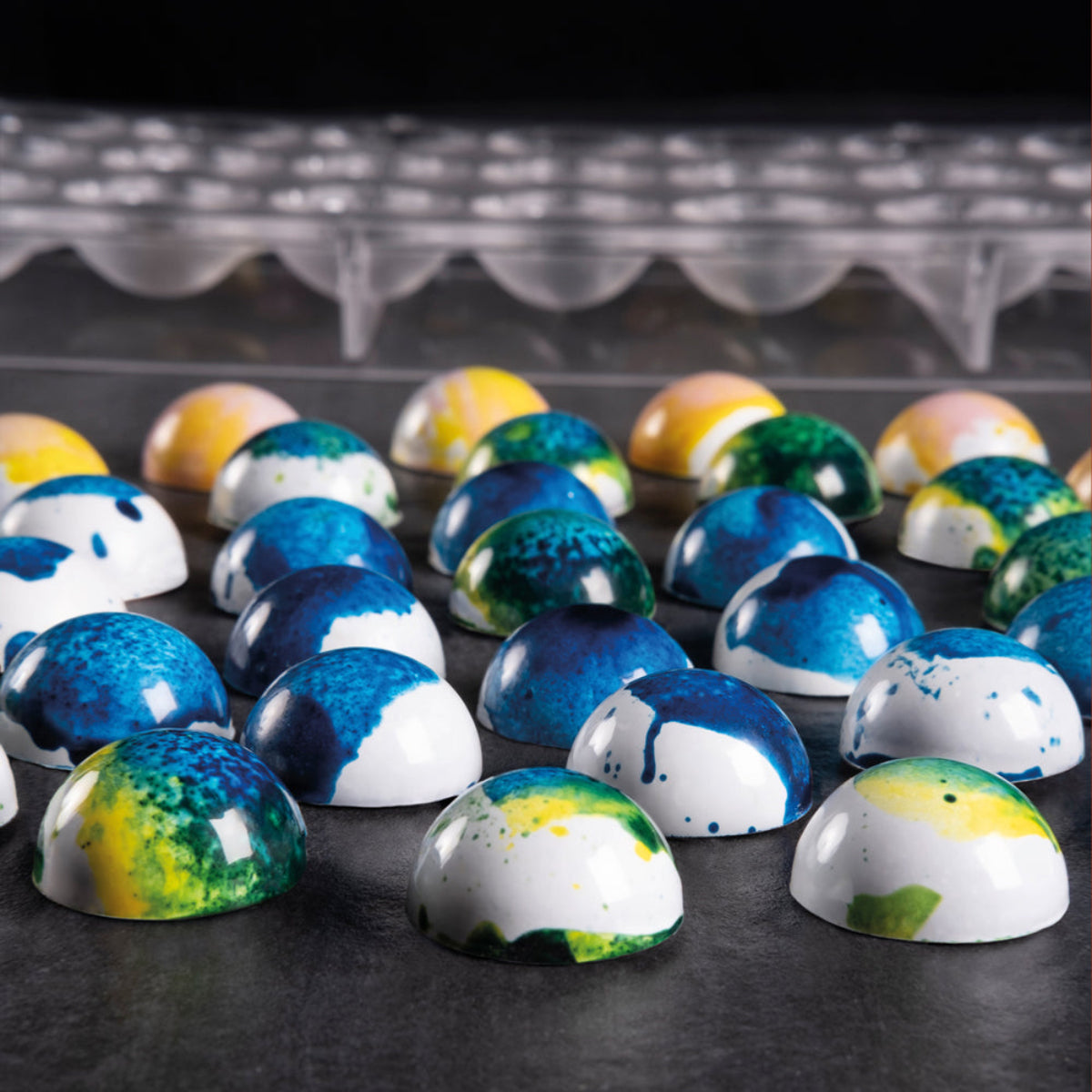



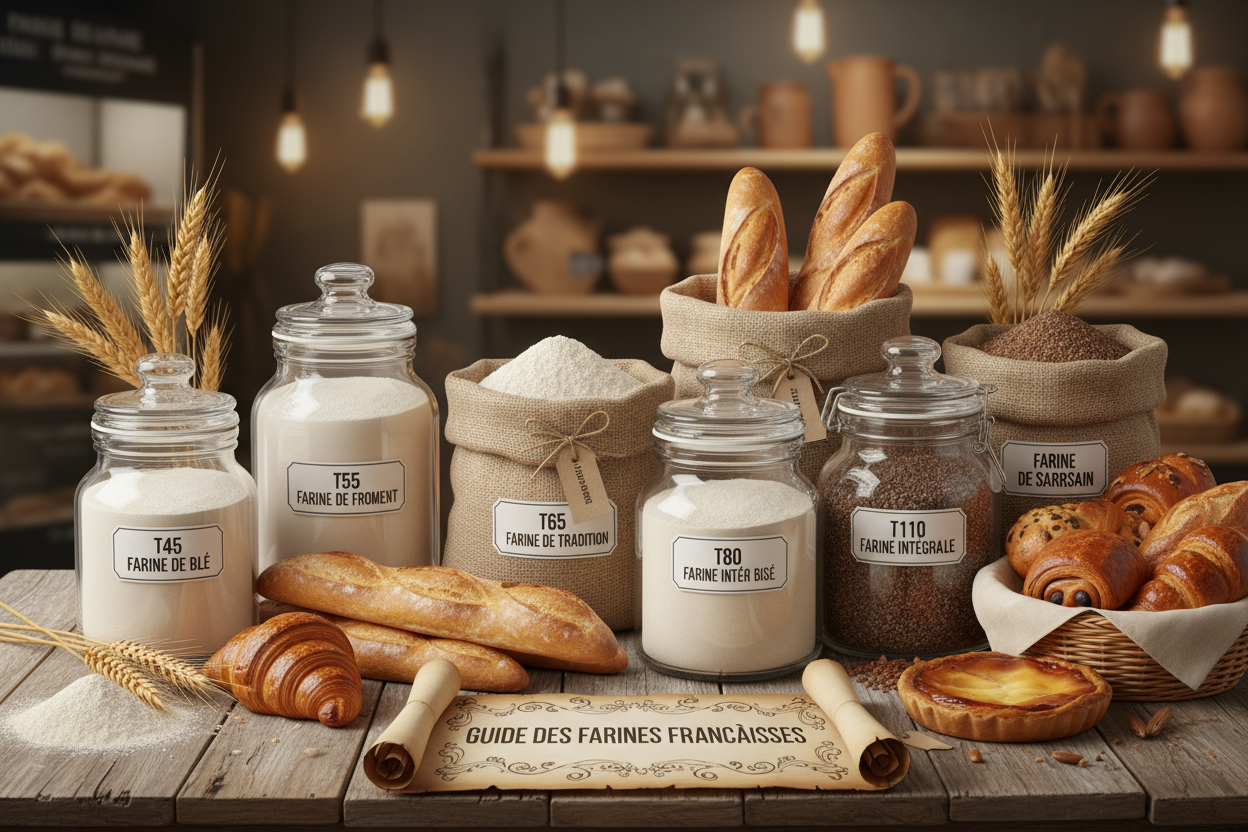




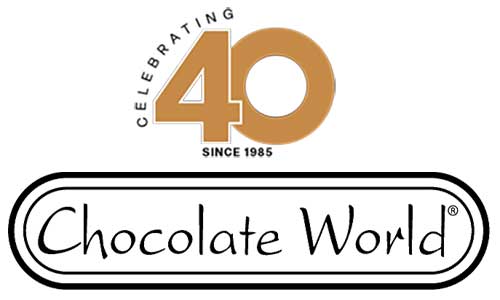

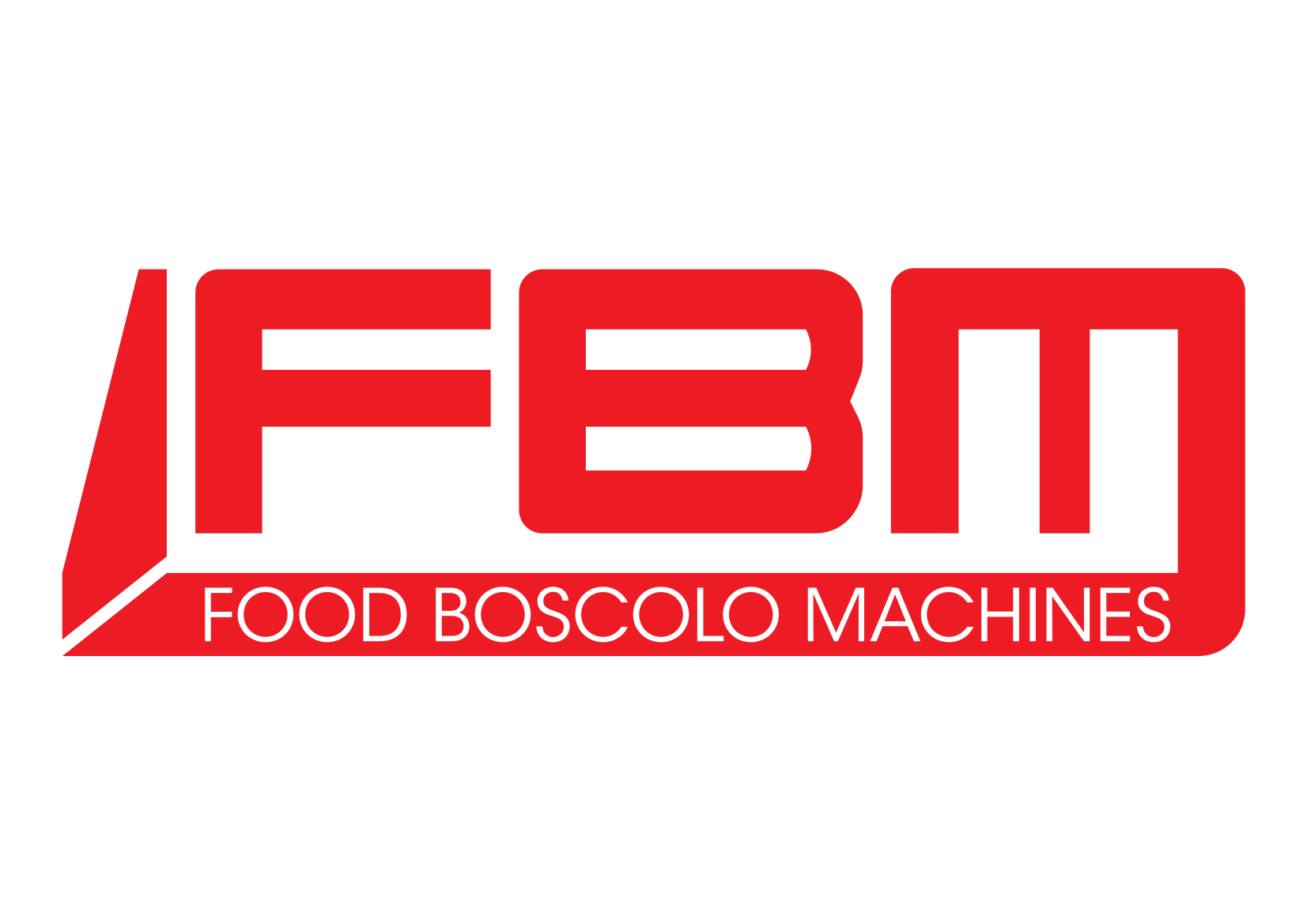


















Leave a comment
All comments are moderated before being published.
This site is protected by hCaptcha and the hCaptcha Privacy Policy and Terms of Service apply.